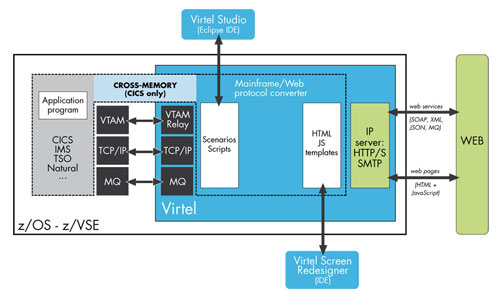Virtel Web Integration

Create a dynamic dialog between mainframe data or transactions and web applications
Virtel Web Integration allows creating interactive bidirectional dialogs across the Internet between host (CICS, IMS, Ideal, Natural, etc) and server-based applications using XML/HTML web services or other communication procedures.
A Modern Solution for Automating 3270 Workflows
Virtel Web Integration streamlines and secures the automation of 3270 mainframe processes through an API-first approach, making it ideal for Robotic Process Automation (RPA).
Transforming 3270 Screens into Web APIs
- Virtel dynamically converts 3270 transactions into REST/JSON APIs or SOAP web services—without modifying the mainframe application.
Seamless Integration with RPA Tools
- Compatible with major RPA platforms (Microsoft Power Automate, UiPath, Agentic Automation, Blue Prism, Automation Anywhere…), Virtel eliminates the need for screen emulators or screen scraping, which are often complex to deploy and maintain.
Secure and Governed Access to Mainframe Data
- Bots and scripts access business functions via APIs in a secure, traceable, and IT policy-compliant environment.
Faster Automation Project Delivery
- By leveraging reusable APIs, RPA teams can reduce implementation timelines and maintenance workloads.
Reduced Technical Complexity
- Virtel removes intermediate layers, enhancing the robustness, resilience, and maintainability of automated workflows.
Virtel benefits
Incoming calls - To expose host applications to web clients though web services, Virtel can be configured to:
Outgoing calls - In the outgoing direction (host-initiated web services) the mechanism is the same, just reverse.
Process control - Custom-developed Virtel scenarios and scripts allow to:
Data transformation tools include:
Virtel can be configured to handle many diverse web integration tasks among which:
This kind of versatility is unequaled in the web integration solution market.
As illustrated below, custom-developed Virtel scenarios and scripts allow calling:
Those data access routines can be activated:
Accessing host data directly, i.e. without activating a host (3270) transaction, can yield high performance improvements and MIPS savings. It is an attractive solution for self-service applications that let very large user populations access personal data without restriction.

